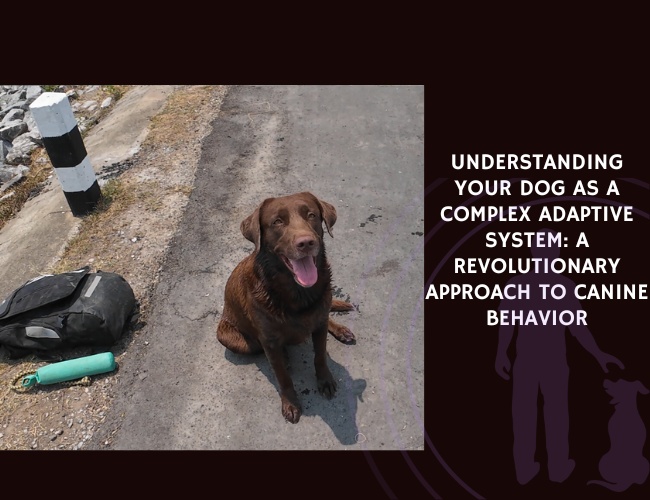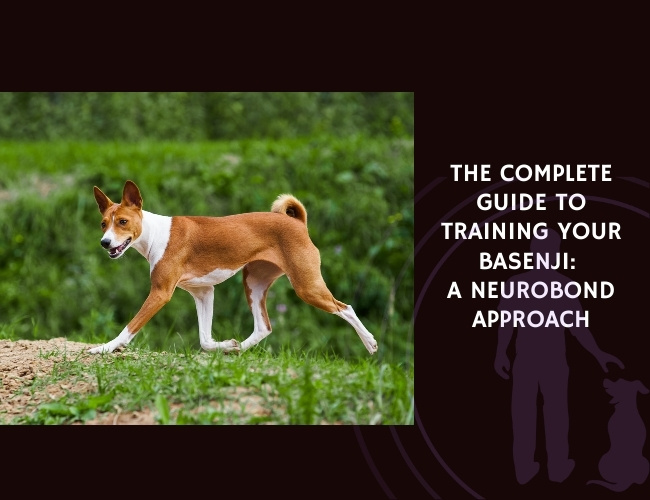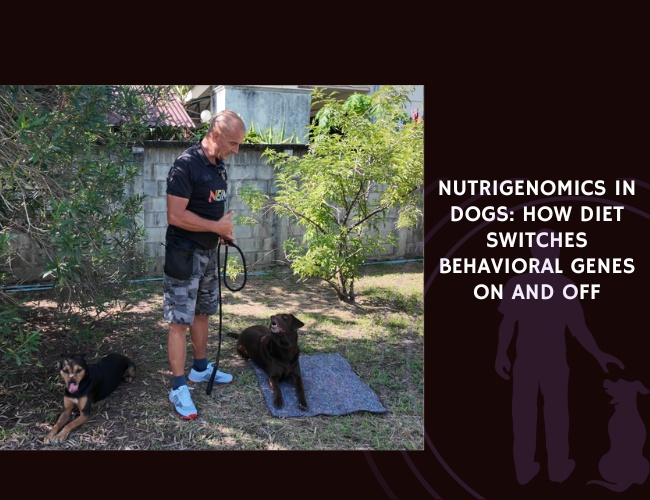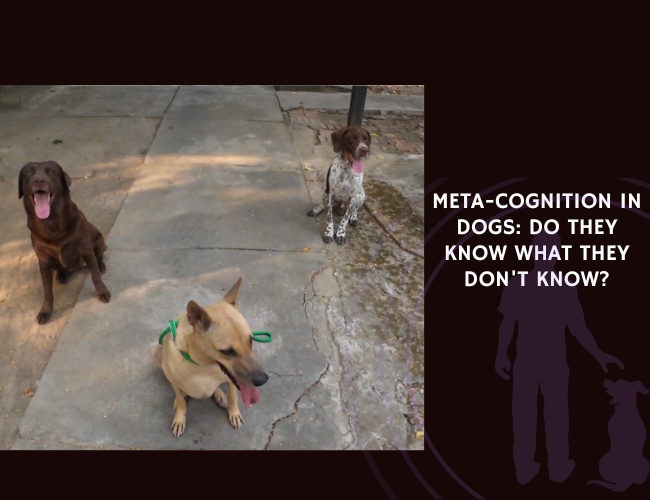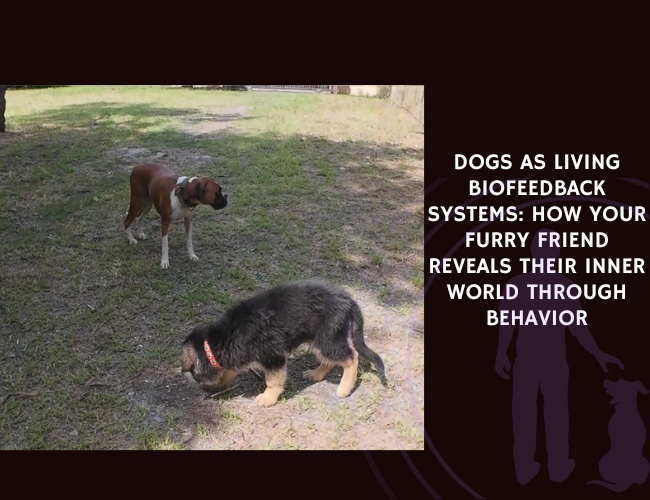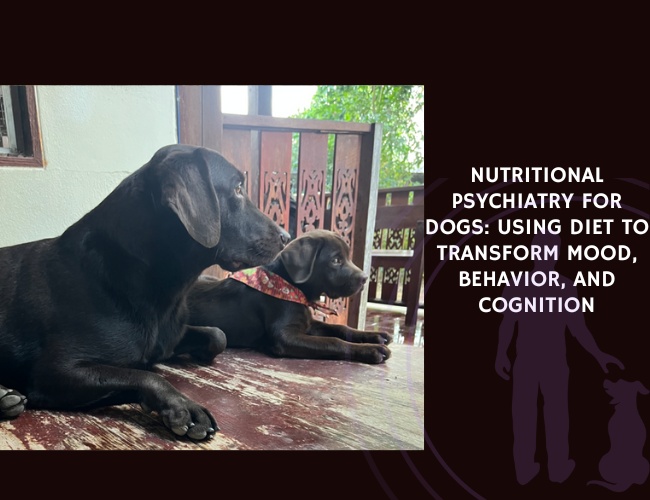New insights into canine domestication have emerged from a **study by S. Rampelli and colleagues**, who sequenced the **gut microbiome of 13 ancient dog coprolites** (fossilized feces) from **Solarolo, Italy**, dated to around **3,600–3,450 years ago**. This Bronze Age site, home to a complex farming community, offered a unique glimpse into the transitional diet and microbiome of early domesticated dogs.
The study, published in the SSRN Electronic Journal, found that these ancient dogs displayed a **hybrid gut microbiome**—one sharing traits with both modern dogs and their wild ancestor, the wolf. Importantly, the **dietary signature** inferred from their gut microbes pointed to **omnivory**, including substantial intake of **starch-rich agricultural foods** introduced through human companionship.
While modern dogs possess increased copies of the **AMY2B gene**, which enhances starch digestion, these Bronze Age dogs had **fewer gene copies**. Instead, their gut microbiomes were **enriched with microbial genes coding for alpha-amylase**, the enzyme responsible for breaking down starch. This indicates that the **microbiota adapted first**, enabling dogs to digest new foods before their own genetics caught up—a remarkable example of **microbiome-driven dietary adaptation** during domestication.
The findings support the idea that **gut microbiota played a buffering role** in the evolutionary shift of dogs from carnivorous to omnivorous diets. This microbial flexibility may have helped ancient dogs thrive alongside early agricultural societies, contributing to the **success of domestication**.
This study sheds light on the often-overlooked role of the **gut microbiome in evolutionary processes**, particularly in bridging the gap between environmental change and genomic adaptation. As humans and dogs shared food and living spaces, their health and evolution became increasingly intertwined—an early example of co-adaptation and co-dependence.
Source: S. Rampelli, S. Turroni, F. Debandi, A. Alberdi, S. L. Schnorr, C. A. Hofman, A. Taddia, R. Helg, E. Biagi, P. Brigidi, F. D’Amico, M. Cattani, and M. Candela. Published in SSRN Electronic Journal, May 20, 2021.


